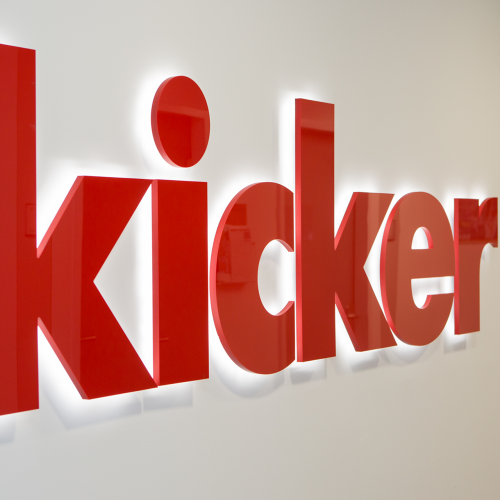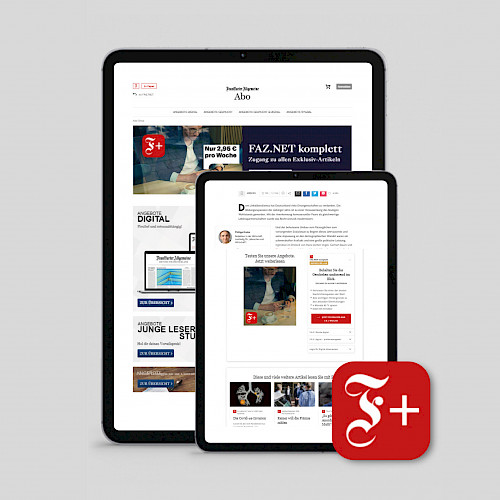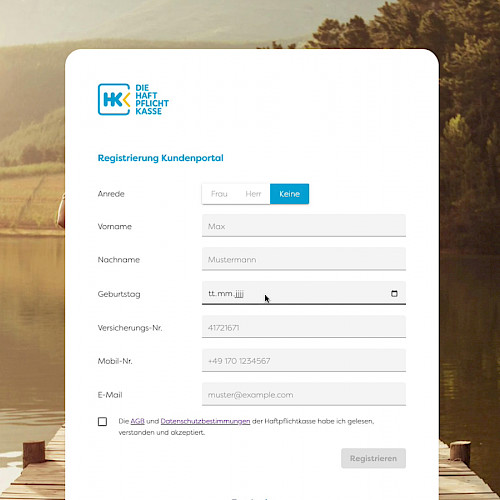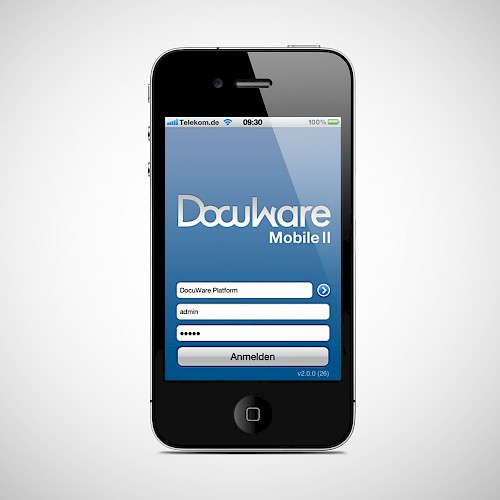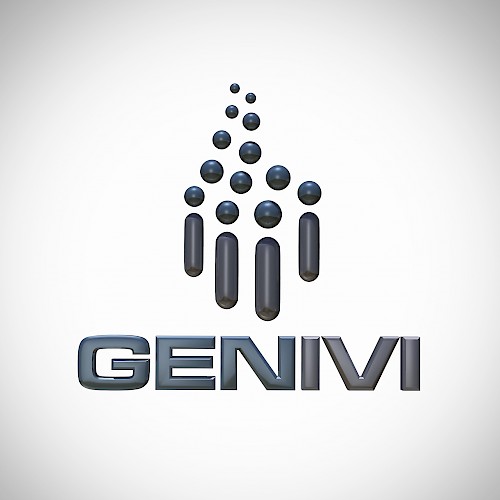Download free whitepaper now
You have decided on a cloud strategy or would like to approach the cloud topic? You do not have any cloud know-how in your company and would like to know how to proceed? Our jambit guide “Into the cloud in 3 months“ is designed to show you step by step how to start a cloud project!
Customized cloud solutions for companies.
Benefits, approaches, and procedures for cloud computing.

More cost-effective, more flexible and more resilient: The use of cloud services offers many benefits for companies of all sizes. In cloud computing, highly standardized data center capacity is provided as a service. Most companies use public cloud services from providers such as Amazon AWS, Microsoft Azure, or Google Cloud Platform. Services are offered at different levels of abstraction, which are Infrastructure as a Service (IaaS), Platform as a Service (PaaS) and Software as a Service (SaaS). All abstraction levels have in common that the services can be booked via an API. This makes it possible to automate the creation of IT infrastructures.
From the first cloud migration, through cloud adaptation, to the enterprise landing zone: the topic of cloud occupies many companies to varying degrees. How to start your first cloud project? Public cloud or rather private cloud? Which of my applications are suitable for the cloud? What needs to be considered in the long term? And how to build up a long-term infrastructure in the cloud to implement future migrations more quickly? Many customers approach us with these or similar questions. As a software service provider with many years of experience in cloud projects, we advise and support companies on their way to the cloud. On this page, you will learn about the benefits of cloud computing, existing approaches, and about our expertise and offers at jambit.
Reduce costs and increase productivity, resilience, and agility with cloud computing
The use of cloud resources brings many benefits for companies. These include, above all, the following aspects:
Container vs. serverless
Companies want to increase the velocity of software development. In the context of cloud computing, containers and serverless are two different approaches to release applications faster, more flexibly, and more cost-effective than with a traditional server model. Both come with advantages and disadvantages:
Kubernetes
The service for managing containers from the Cloud Native Computing Foundation has becoming increasingly popular. All required elements of an application can be bundled via containers. This enables independent and flexible deployment. Kubernetes is offered in Azure and AWS, as well as in the GCP. This is why the service works well as abstraction layer that can prevent vendor lock-in with one of the cloud providers, which preserves independence.
Serverless
Every major cloud provider offers Function-as-a-Service (FaaS) in which one can easily and directly deploy and run code without worrying about the runtime environment. Compared to Kubernetes, the serverless model is typically more scalable and cost-efficient. For example, server capacity is only charged when it is actually used. However, companies make themselves dependent on a certain provider to a certain extent in the long term.
Of course, we will be happy to advise you individually on which approach is most suitable for your cloud project.
Today, cloud providers also offer services to support software development and ongoing IT operations in addition to their classic offerings. For example, services for agile project planning and execution, CI/CD solutions, and also logging and monitoring are offered as-a-service. This makes it possible to start projects even faster and bring them to the production stage.
Successful cloud projects with jambit.
Migration, cloudnative new developments, building cloud platforms.
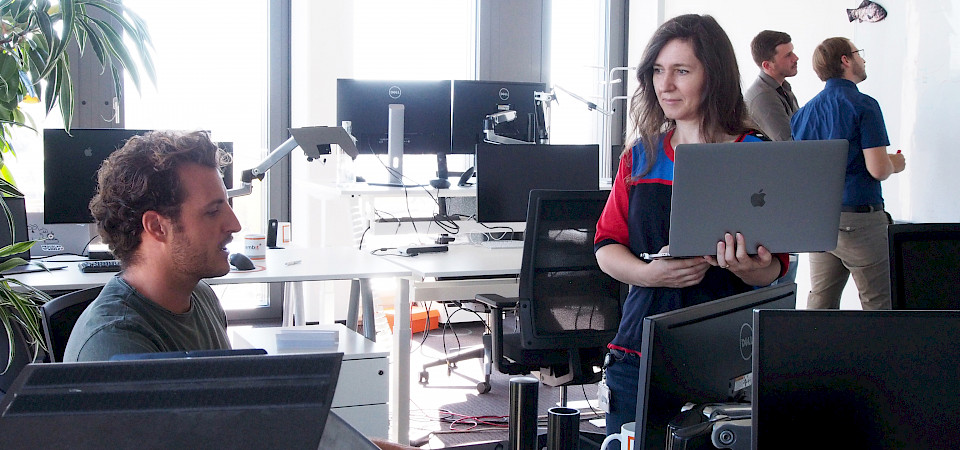
jambit has been successfully implementing cloud projects for many years. From migrating existing systems, to cloudnative new developments, to building cloud platforms – numerous development teams we have been able to build up a wealth of experience over the years. Even back then when AWS was still the only relevant public cloud, we already started to accompany our customers on their way to the cloud. Due to this early entry into the topic of cloud computing, jambit has been involved in the entire evolution. This has allowed us to build up broad knowledge in numerous projects, covering everything from pure IaaS to serverless architecture.
From selecting the appropriate strategy, the joint implementation of a proof of concept and migrating the first application, to the establishment of an enterprise landing zone, we advise and support our customers individually on a wide range of use cases. You want to migrate your services to cloud environments, but are unsure about factors such as expected costs, potential benefits, and possible risks? jambit would be happy to assist you! With our proven 3-point plan, we will make your project a success.
The jambit 3-point plan for cloud migration
In the past, we have had very good experiences with conducting a one- to two-day workshop to familiarize with the current challenges of the company and obtain a rough overview of the existing infrastructure and services. Afterwards, we can jointly consider which service is suitable for outsourcing. It is very important that the management is part of this workshop.
In a second workshop lasting a maximum of one week, we implement an initial prototype. Our specialists work closely togehter with the company's technicians. Once the PoC has been successfully completed, we can provide a well-founded estimation of the effort required to migrate the production system. This agile, iterative approach, with close involvement of the customer, allows us to exclude big sources of risk from the project and quickly achieve usable results.

















